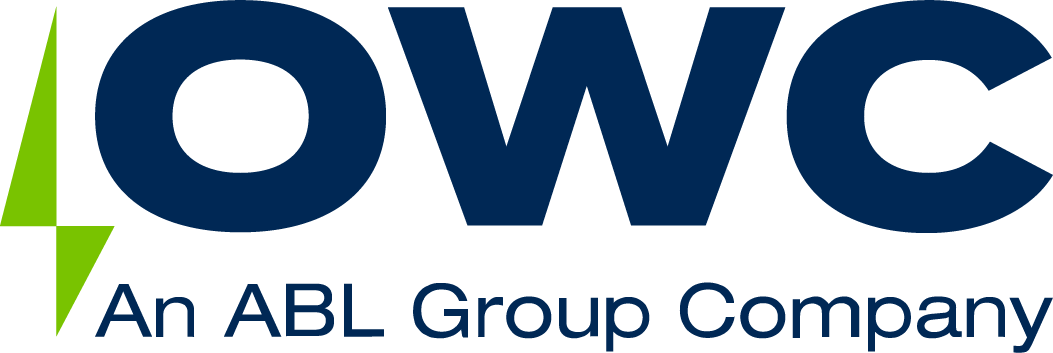Brazil’s Ambition as a Regional Powerhouse Gets Nearer
Status of Offshore Wind in Brazil
Brazil is soon to make history becoming one of the first countries in Latin America to dive into offshore wind and expand its renewable energy mix. Brazil has an ambition to be a regional offshore wind powerhouse and lead in clean energy production in Latin America. Does Brazil have the power to become an offshore wind leader? The waters off Brazil’s coastline are among the most commercially attractive offshore wind resources in the world. According to the Energy Sector Management Assistance Program (ESMAP), Brazil has an estimated technical potential of a massive 1,228 GW.
To utilize this potential, the Brazilian Government published the Decree No. 10,946 earlier in 2022, setting the regulatory framework for the exploration of offshore wind energy in Brazil through the assignment of spatial areas of the Federal Government’s internal waters, the territorial sea, the exclusive economic zone, and the continental shelf of Brazil. Also, the Infrastructure Commission of Federal Senate approved in August of 2022, the Bill which regulates the authorization for the use of offshore areas to produce wind energy that now need to be analyzed by the House of Representatives. With these regulatory developments, the market expects the first lease auction to be in 2023.
On the environmental side, developers are eager to conduct preliminary studies to prepare as required by the Brazilian Institute for the Environment and Renewable Natural Resources (IBAMA) standard terms of reference (TR). The TR requires an environmental impact report on the construction of wind farms in Brazil and currently a total of 66 projects are in this process.
Brazil’s Current Infrastructure
However, a key focus is whether the current infrastructure in Brazil can support offshore wind development. Brazil’s infrastructure supports oil and gas exploration, a well-developed sector, and has high potential for offshore wind use. Ports and harbors are a pillar in the installation and commissioning of wind farms and their readiness play an integral role in the choice of location. So how does the industry convert from oil and gas to offshore wind?
There are several ports of interest on the Eastern coastline of Brazil, specifically Açu Port, Port of Pecem, and Port of Suape. Offshore wind is particularly promising adjacent the Açu Port in Rio de Janeiro as there is extremely desirable fixed and floating wind potential nearby. Also, the Port of Pecem in Cerea has initiated investments for clean energy generation including wind and hydrogen. Important steps developers and other industry players need to take are identifying the necessary improvements to ports and investments needed if any, for enabling offshore wind installation and development. Port characteristics to consider when converting from oil and gas to offshore wind include:
- Proximity to project(s)
- Quayside dimensions
- Bearing capacity of quayside
- Transport and storage areas
- Access channel dredged dimensions
- Laydown area plan and characteristics
- Crane and handling equipment capacities
- Key strategic local supply chain hub locations and interconnecting roadways
Adequate port and harbor infrastructure is key to moving towards offshore wind development in Brazil as well as a factor in choosing offshore wind leasing sites.
Other factors at play in the conversion from oil and gas to offshore wind in Brazil is future vessel availability and domestic supply chain status. Investors will continue to keep their eye on whether there will be enough vessels available to support offshore wind demand. Brazil currently does not have installation vessels adequate for offshore wind construction and therefore developers will be looking to invest in these services. When Brazil is looking at steel in the water in its domestic market, it is unlikely there will be available vessels from other markets as the US, Asia, and Europe will be realizing projects at increased annual rates themselves. The marine supply chain will need investments in multiple areas along the value chain to ensure a strong domestic supply. This is a significant opportunity for Brazil’s offshore and marine sector supply chain to diversify into a new market and could become a supply hub serving other regional markets in Latin America.

Luany Dantas
Naval Architect
OWC and ABL Brazil provide port suitability assessments as we can assess port conditions and identify necessary improvements if any, for offshore wind installation. We have delivered such port assessments in Europe, US East and West Coast, and Asia for fixed and floating projects.
OWC also provide market study services, focused on pre-auction markets, site identification, supply chain studies, regulations and procedures, route-to-market. OWC can support on lease/auction processes to help developers put competitive bids forward. OWC were named project partners in ~20% of capacity awarded in ScotWind (5GW) and is currently supporting clients in other auctions in the US, Europe, and Asia.
